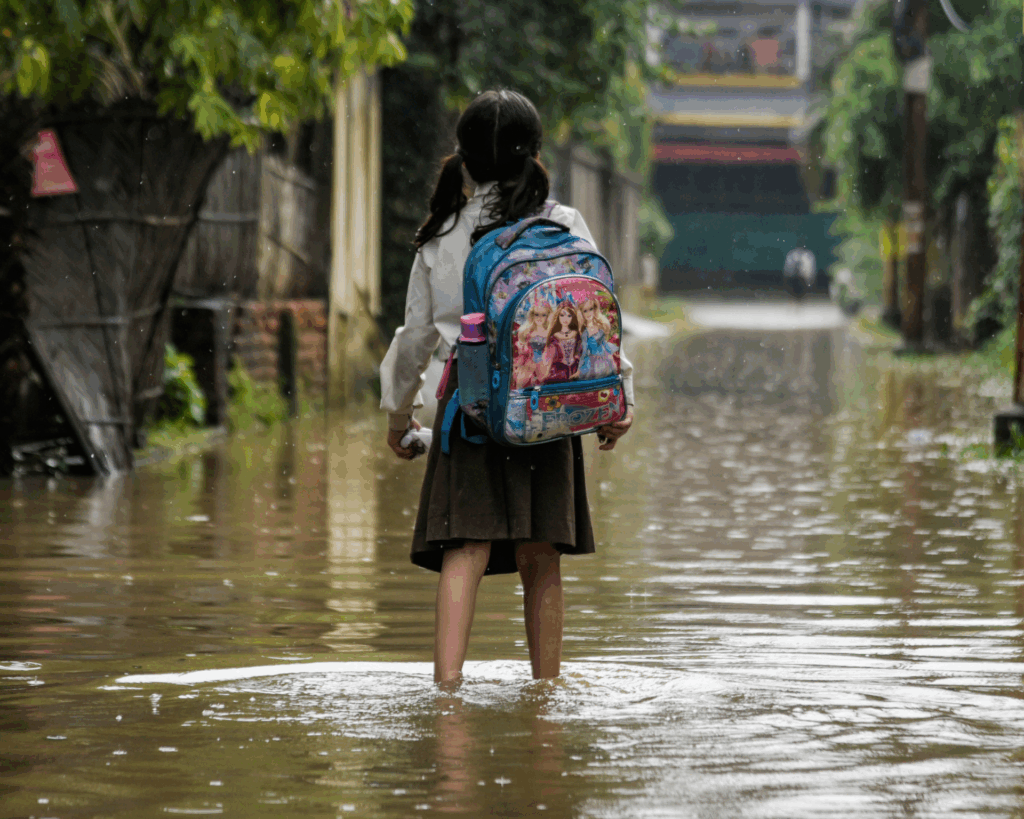Superfund Divide: Who's Living Next Door to Toxicity?
Due to historical segregation and racism, communities of color and low-income populations live near the nation’s most hazardous sites.

Read Time: 4 minutes
Published:
Since the 1980s, the United States Environmental Protection Agency (EPA) has been locating and cleaning up some of the nation’s most polluted wastelands—also known as Superfund sites. Common pollutants include toxic chemicals, heavy metals, and noxious fumes that result from manufacturing processes (e.g., mining, steel factories, processing plants), landfills, and military operations. Superfund sites pose a major risk to both the environment and public health.
It is not unusual for sites to be near homes, farms, and major water sources. Communities close to hazardous sites face elevated risks of cancer, chronic illness, developmental and cognitive disabilities, and premature death. Adverse mental health conditions, such as depression, anxiety, and schizophrenia, are also associated with contaminants from these polluted sites.
Despite the urgency, cleanup isn’t quick or cheap; remediation can take years to decades and cost over $100 million. There are currently over 1,000 active Superfund sites in the U.S. (or sites undergoing remediation), with dozens more potentially being added to that list.
People of color are more likely to live near sources of pollution, spotlighting a persistent failure of environmental justice, where the most burdened communities may receive the least protection.
Not all Superfund sites carry the same level of risk, and their surrounding communities do not face those risks equally.
Given prolonged exposure to this population, Brittany A. Trottier and colleagues analyzed 1,332 active sites to paint a clear picture of who lives near the different types of Superfund sites. Sites were grouped into seven categories based on their contaminant profiles (e.g., metals, industrial chemicals, waste from wood, and battery processing). The categories were then compared with data from the EPA, Social Vulnerability Index (SVI)—a measurement that shows how vulnerable or resilient a community is to health risks by measuring things like income and access to transportation—and U.S. Census demographics, to determine if sociodemographic characteristics varied by site type.
Generally, populations living within three miles of a Superfund site looked demographically similar to the general U.S. population. But disparities in both race and income level emerged when analyzing the data by site type. Communities near the most hazardous sites (metals, industrial chemicals, or waste from wood and battery processing) were more likely to be lower-income, low educational attainment, and have large racial or ethnic minority populations. In contrast, less hazardous site types (manufacturing and processing facilities, electronics/electrical industries, and chemical industries) were more often located near wealthier communities with higher educational attainment.
Communities near less hazardous sites had higher proportions of non-Hispanic White and Asian populations and had a lower SVI ranking. Low SVI suggests that these communities are more equipped to deal with potential health risks. While neighborhoods near more hazardous sites had higher proportions of Hispanic and Black residents. Both groups also ranked higher on the SVI, suggesting fewer resources to adapt to potentially harmful exposures.
Not all Superfund sites carry the same level of risk, and their surrounding communities do not face those risks equally. The 1978 Love Canal disaster prompted the creation of the Superfund program, leading to stricter hazardous waste regulations and greater focus on environmental justice and community health. But due to residential segregation and structural racism in housing and zoning policies, communities of color and low-income populations continue to live near the nation’s most polluted and hazardous sites. Yet, recent cuts to the EPA threaten to weaken oversight, slow cleanup efforts, and widen existing disparities. Equitable remediation, therefore, requires not only vulnerability-informed prioritization but also sustained federal commitment and investment to ensure that communities facing the highest combined chemical and social risks are not left behind.



